Birds of Our Observations
Let yourself be inspired by our fascinating observations from the past years and discover the diverse world of nature. Here, we regularly present a compilation of our latest discoveries and observations.
If you are looking for a specific bird, you can find it using the search field:

Northern pintail (Anas acuta)
The northern pintail (*Anas acuta*) is an elegant dabbling duck with a long neck and a striking tail spike. Learn more about its appearance, behavior, and habitat…

Eurasian oystercatcher (Haematopus ostralegus)
The Eurasian oystercatcher (*Haematopus ostralegus*) is a striking coastal bird with a red bill and contrasting plumage. Learn all about its behavior, habitat, and diet here…

Black Stork (Ciconia nigra)
The black stork (*Ciconia nigra*) lives hidden in old forests with wetlands. Learn more about its behavior, habitat, and conservation status…

Wood sandpiper (Tringa glareola)
The wood sandpiper (*Tringa glareola*) is a graceful wading bird found in marshes and wetlands. Learn all about its appearance, behavior, and habitat…

Common pochard (Aythya ferina)
The common pochard (*Aythya ferina*) is a distinctive diving duck with a striking head profile. Learn more about its appearance, behavior, and habitat…
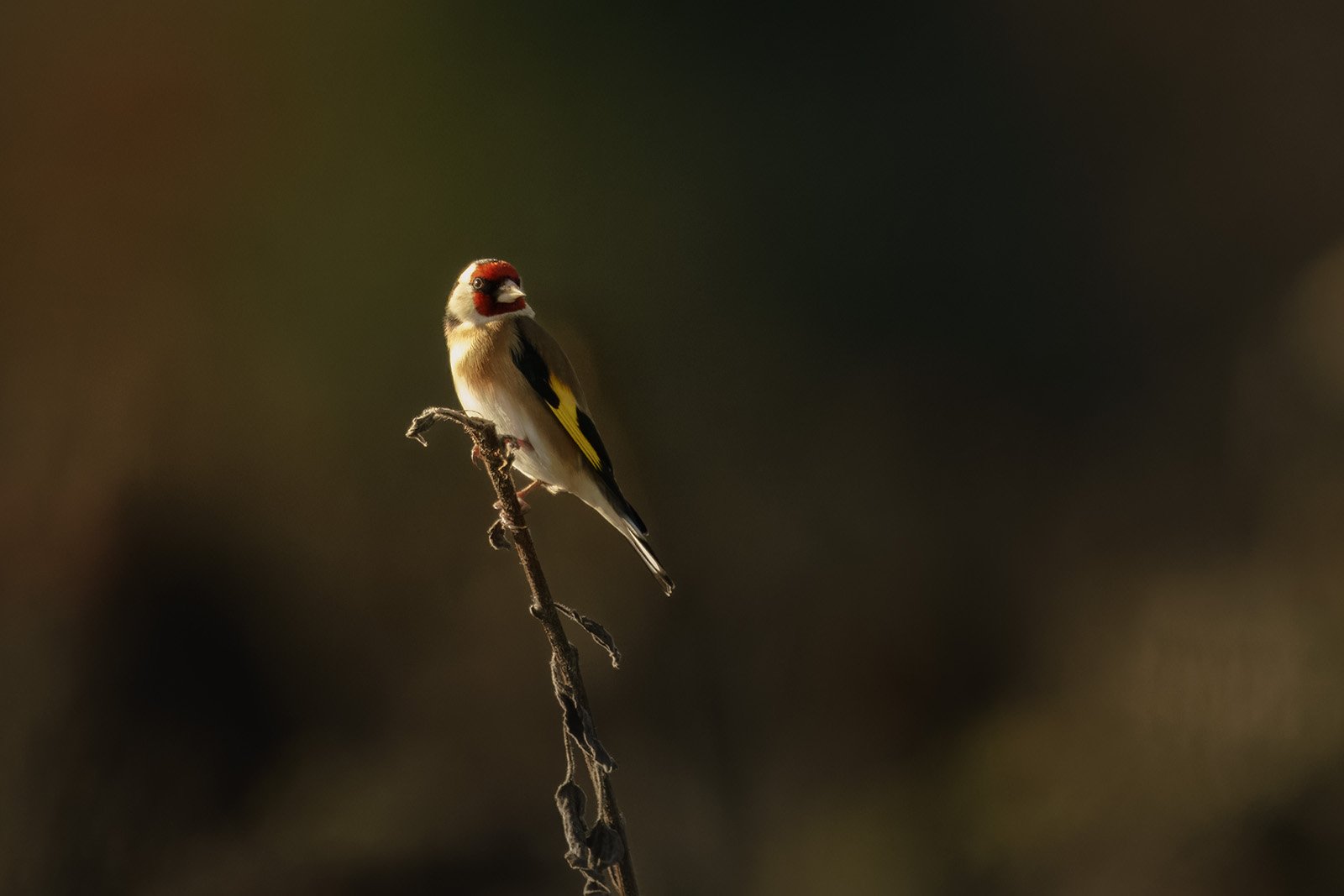
Goldfinch (Carduelis carduelis)
The European Goldfinch, one of Europe’s most vibrant songbirds, dazzles with its yellow wing stripe and melodic song. Learn more about its lifestyle and diet…

Common starling (Sturnus vulgaris)
The common starling (*Sturnus vulgaris*) captivates with its iridescent plumage and its talent for mimicking bird calls and even human-made sounds…

Black Woodpecker (Dryocopus martius)
The black woodpecker, Europe's largest woodpecker, stands out with its black plumage and red crown. Discover its habitat, behavior, and ecological importance…

Black Kite (Milvus migrans)
The black kite, a global master of gliding flight, amazes with its elegance and adaptability. Learn more about its diet, nesting habits, and unique appearance!
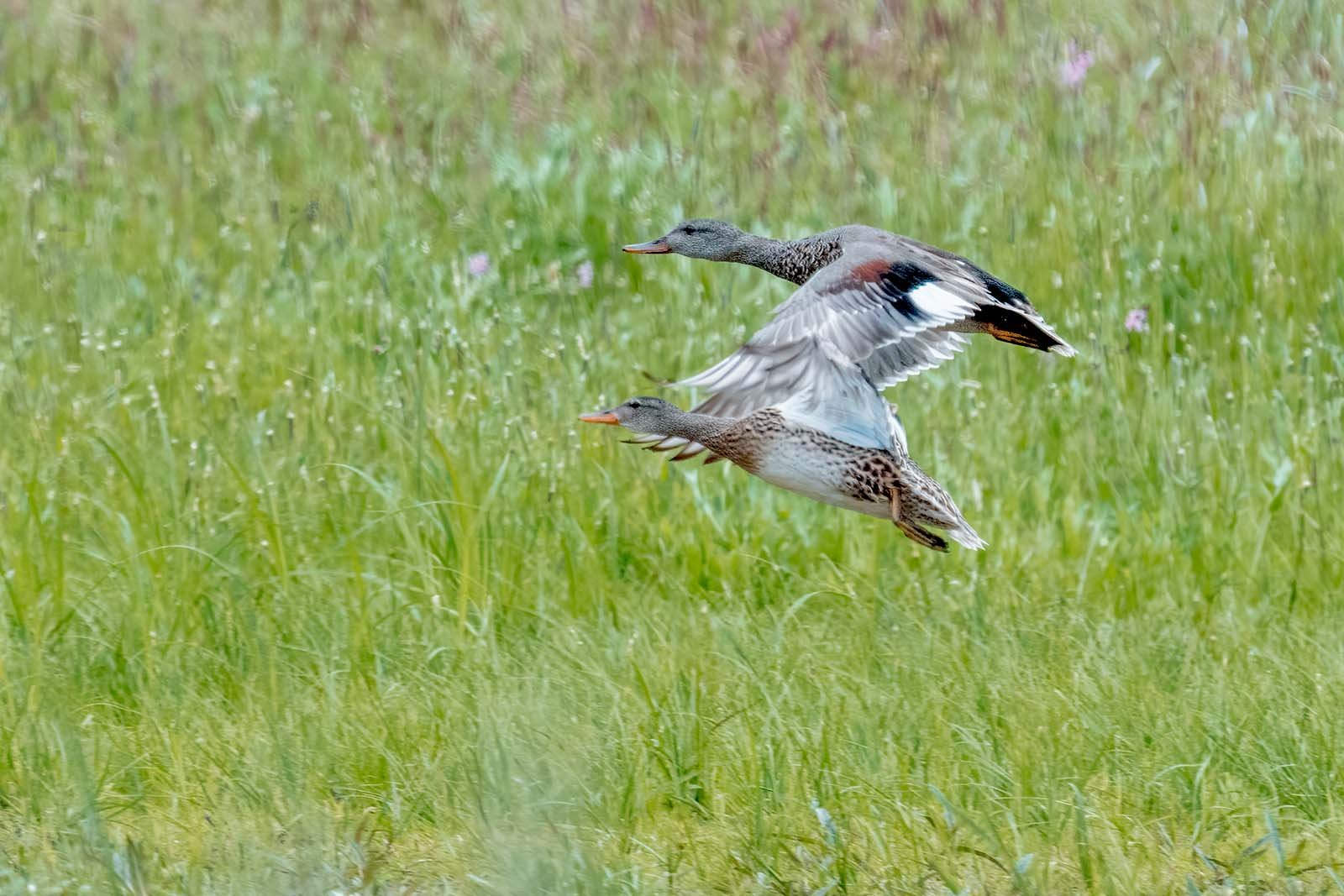
Gadwall (Mareca strepera)
The gadwall, a quiet inhabitant of shallow waters, stands out with its mottled plumage and white wing patch. Learn about its diet, courtship, and hidden nesting habits…
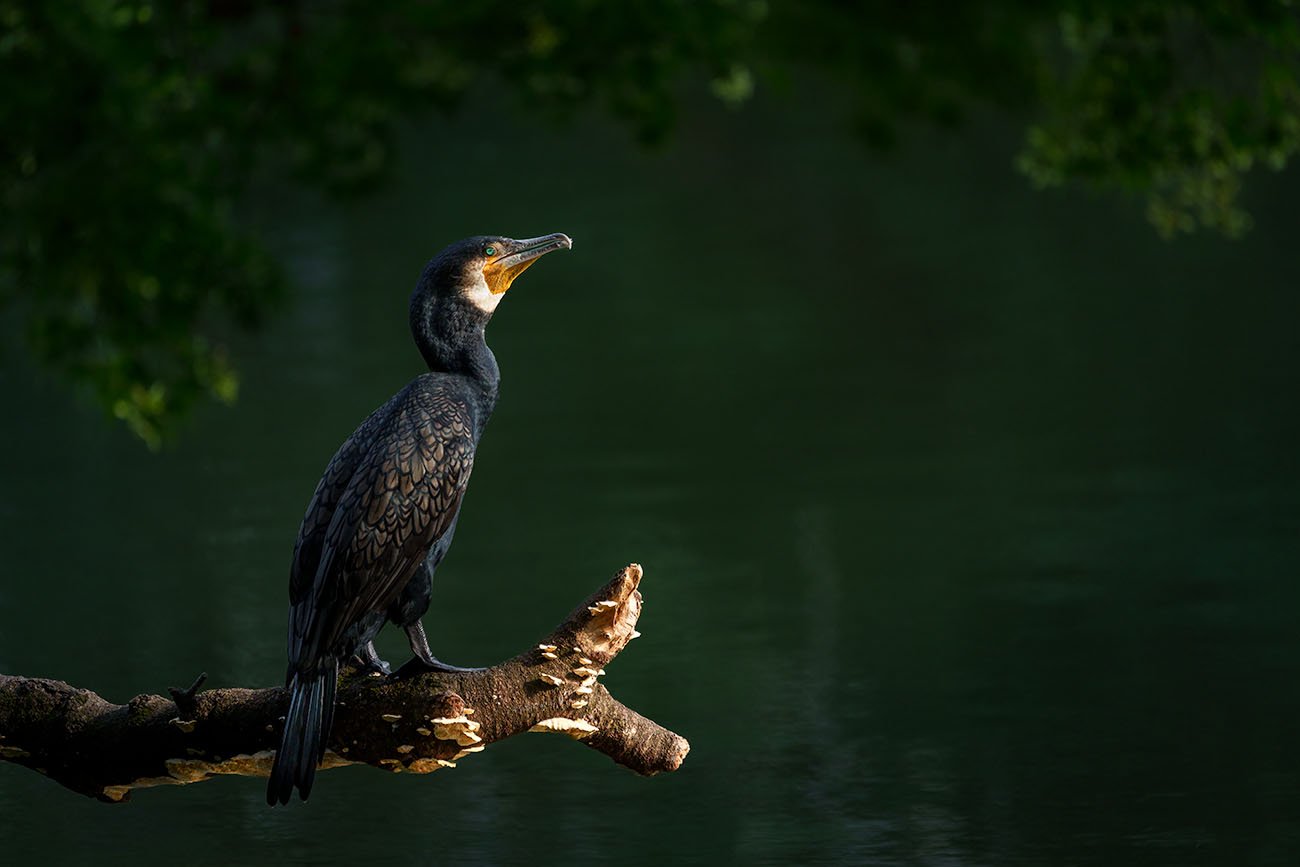
Great cormorant (Phalacrocorax carbo)
The cormorant, a cosmopolitan fish hunter, amazes with its diving skills and iconic wing-drying pose. Discover more about its appearance, lifestyle, and unique adaptations!
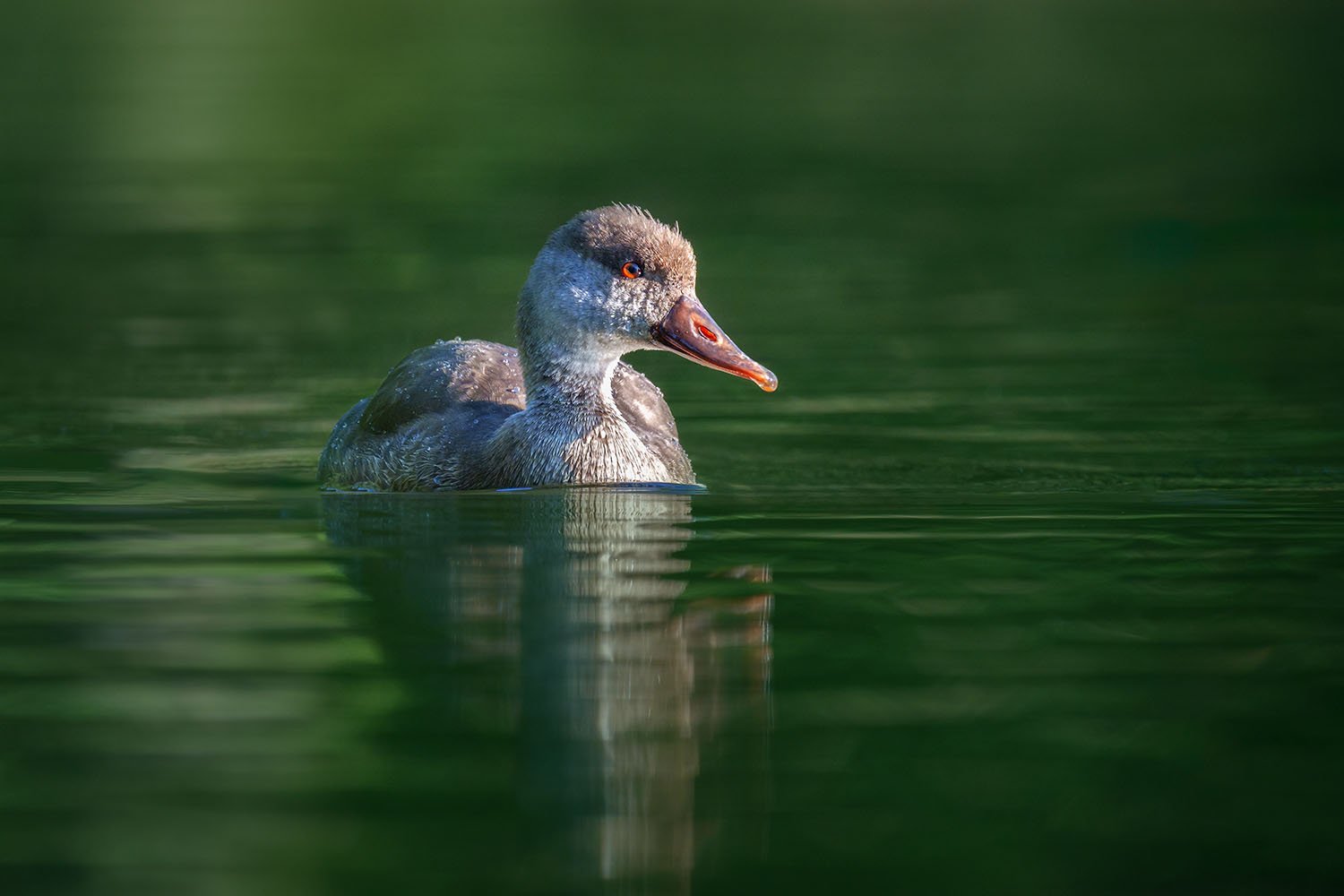
Red-crested pochard (Netta rufina)
The red-crested pochard, an elegant diving duck with a striking reddish head and bill, thrives in nutrient-rich lakes. Learn about its lifestyle, diet, and courtship…
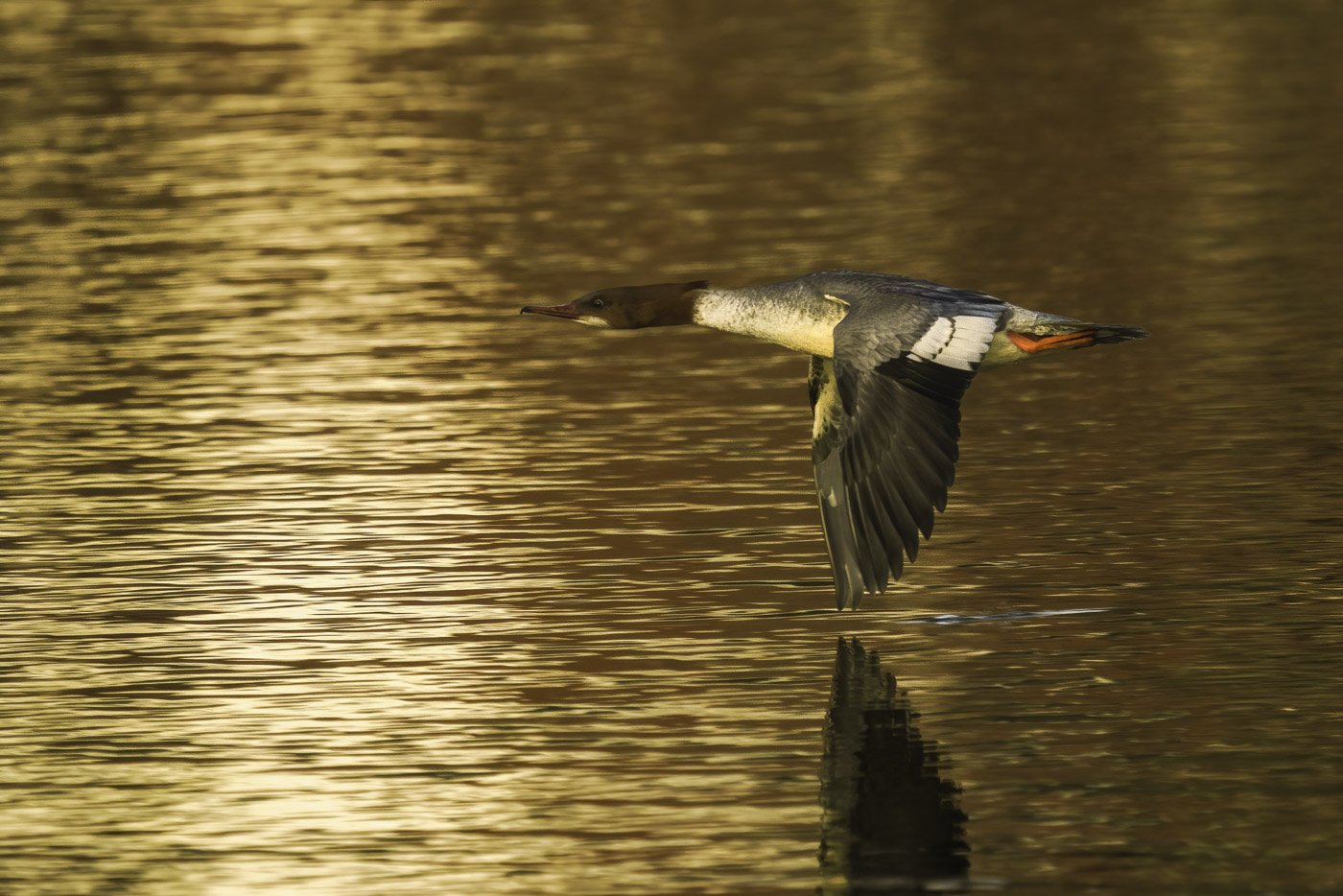
Goosander (Mergus merganser)
The goosander, an elegant waterbird with a striking bill, is a skilled fish hunter. Learn more about its remarkable appearance, behavior, and habitat…
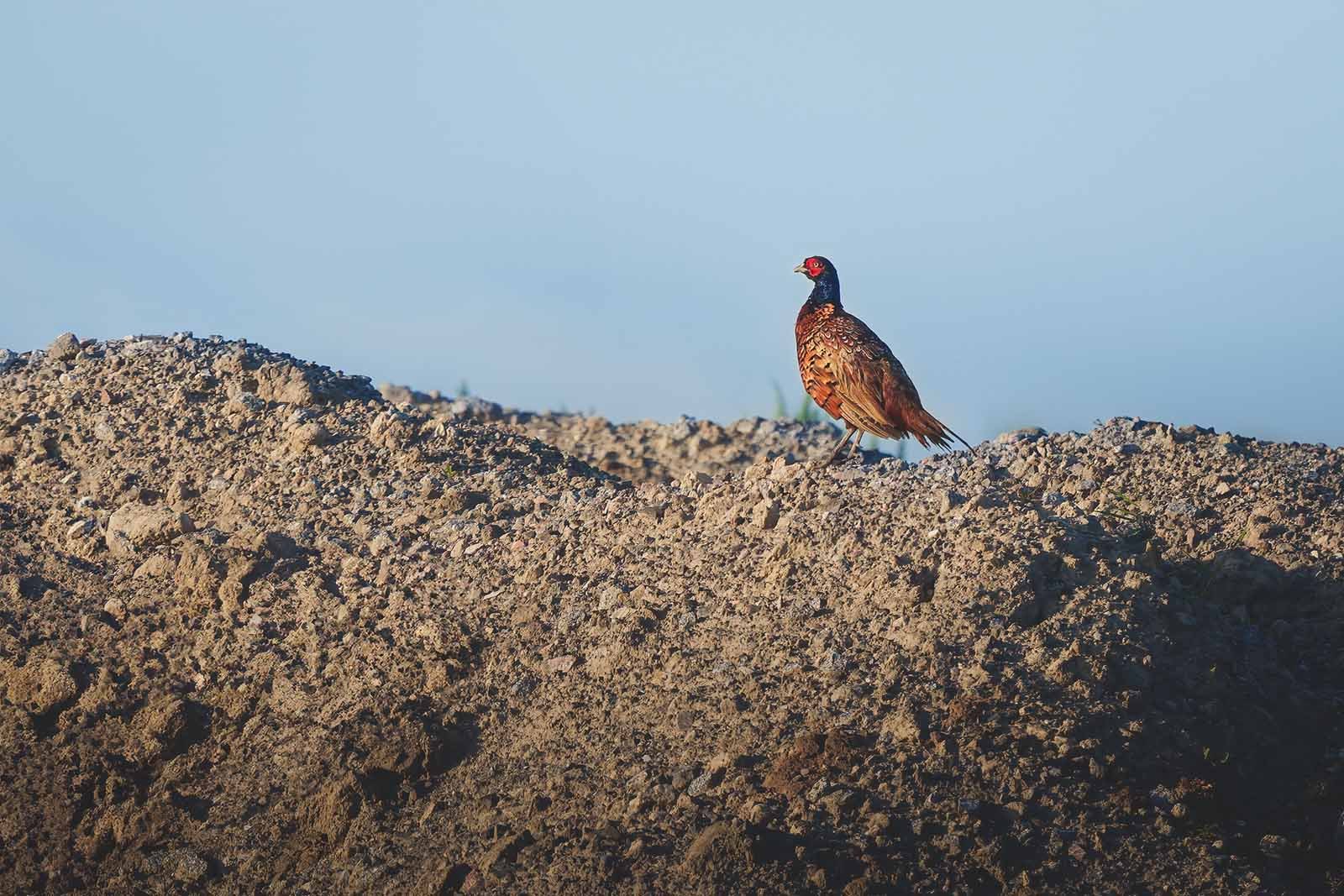
Pheasant (Phasianus colchicus)
Discover the pheasant, a stunning symbol of farmland landscapes. With its iridescent plumage and adaptability, it is a true eye-catcher in nature…

Common kestrel (Falco tinnunculus)
The kestrel, a graceful bird of prey in Europe, is famous for its hovering flight. Discover everything about its hunting technique, appearance, and habitats…

Sand Martin (Riparia riparia)
The Sand Martin, small and agile, breeds in colonies along sandy banks. Learn all about its behavior, appearance, and migration to Africa…
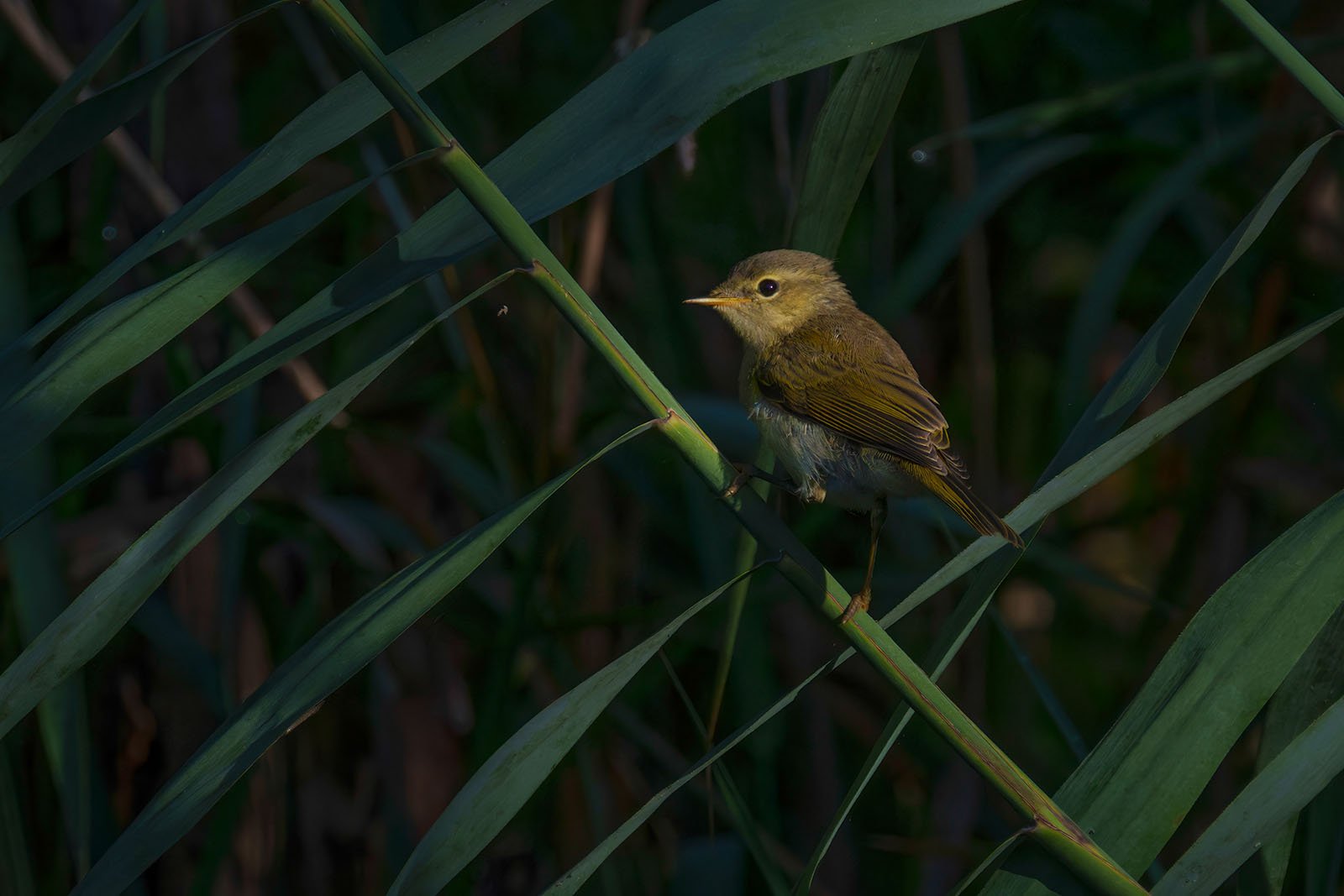
Chiffchaff (Phylloscopus collybita)
The chiffchaff, a lively European songbird, is known for its distinctive call and dark legs. Learn all about its appearance, habitat, and behavior…
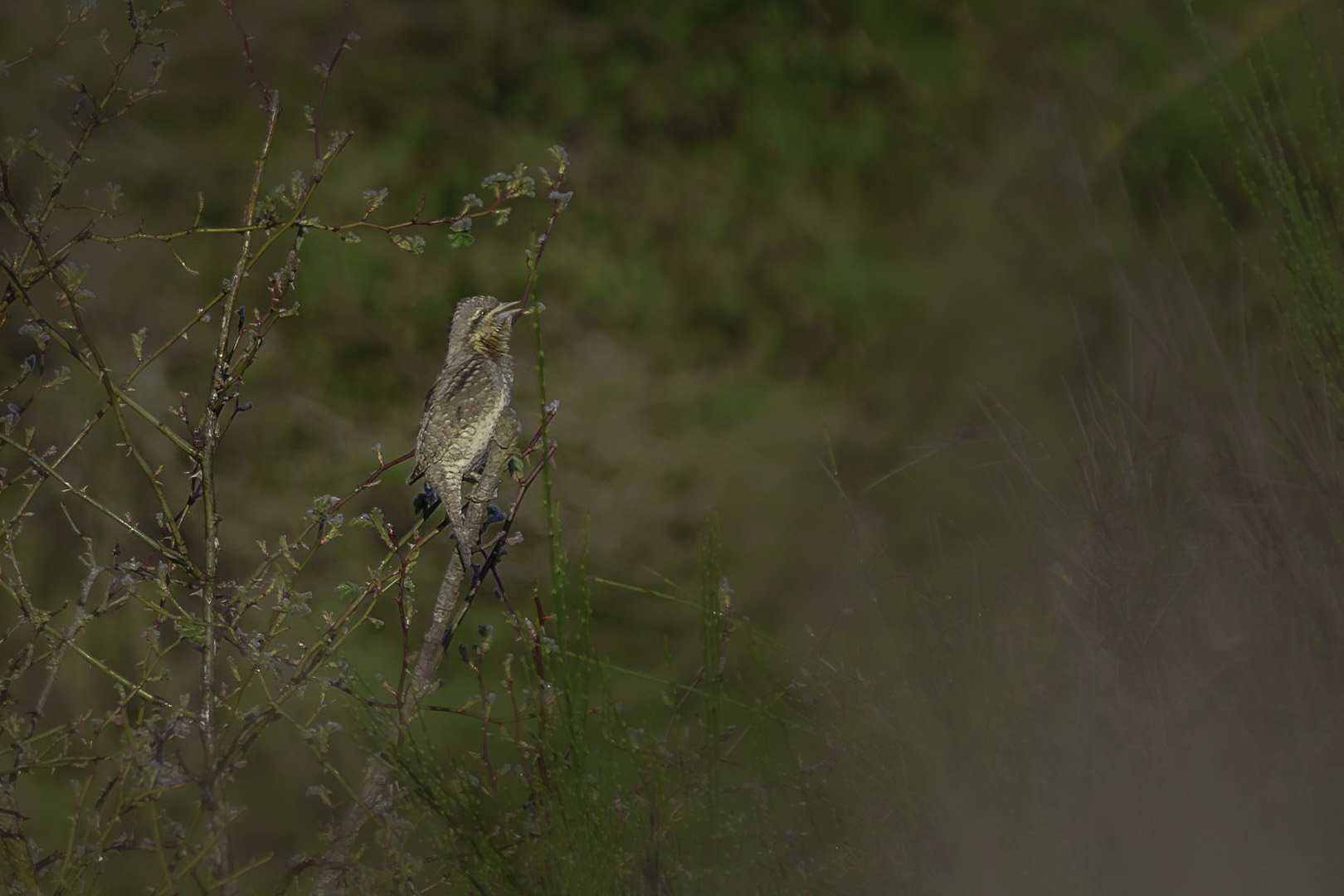
Eurasian Wryneck (Jynx torquilla)
The Eurasian Wryneck, a unique woodpecker with bark-colored plumage, winters in Africa and specializes in hunting ants. Learn more about its behavior and habitat…
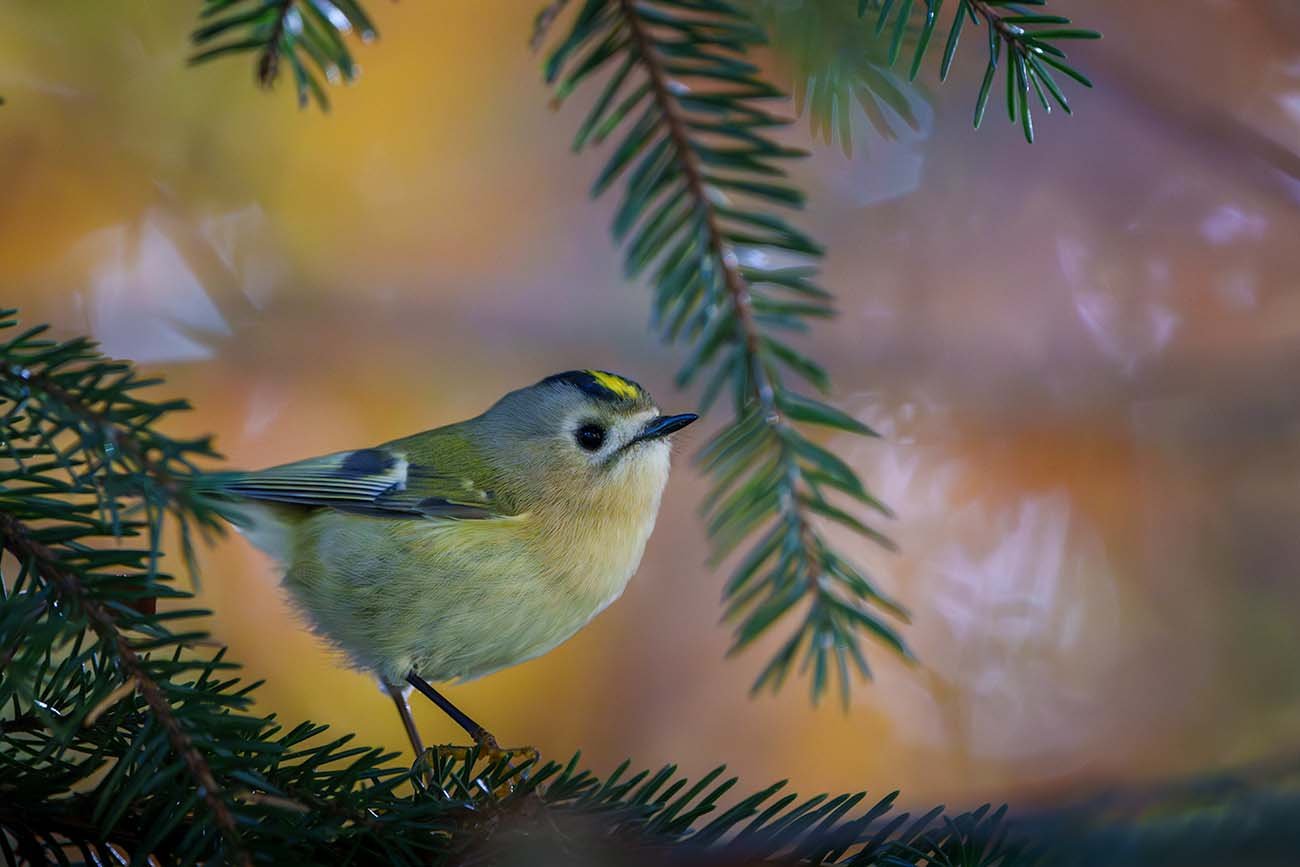
Goldcrest (Regulus regulus)
The goldcrest, Europe's tiniest bird, captivates with its yellow crown stripe and lively behavior. Discover more about its lifestyle and unique traits.…

Meadow Pipit (Anthus pratensis)
Discover the meadow pipit, a charming breeding bird of Europe. Learn about its appearance, habitat, diet, and behavior – a true grassland dweller…
